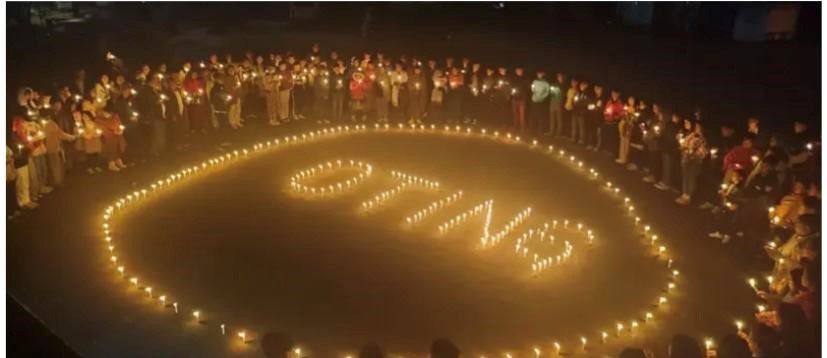The Supreme Court has set aside criminal proceedings against the Army personnel, on Tuesday September 17, involved in a botched counter-insurgency operation in Oting, Nagaland. The operation led to the killing of 14 civilians in Nagaland’s Mon district in 2021. The two-judge Supreme Court bench, however, said its order would not prevent the Army from taking any disciplinary action against the personnel, informed a report by India Today “The proceedings in the impugned FIRs shall stand closed. However, if sanction is granted, it may be taken to its logical conclusion. On disciplinary action, we have said the Armed Forces can do the needful,” the Supreme Court said.
On July 16, the Supreme Court of India issued a notice to the Ministry of Defence, Government of India, on the persecution of the 30 Indian Army personnel who are accused of killing of 14 civilians at Oting Village, Mon District, in a botched operation on December 4, 2021.
Earlier, this year the Centre had denied sanction to prosecute 30 Army men who were allegedly involved in the 4 December 2021.
Download Nagaland Tribune app on Google Play

The SIT of Nagaland Police was constituted by the state home department the very next day after the incident. The SIT after completing the probe on 24 March 2022, had sought the sanction for prosecution from the department of military affairs of the defence ministry against the accused security forces personnel who were involved in the incident.
It had reported Involvement of 30 Army men a major, two subedars, eight havildars, four naiks, six lance naiks and nine paratroopers of 21 Para security Force. But their wives approached the Supreme Court for a stay of the proceedings in the case. The apex court in an interim order dated 19 July 2022, stayed further proceedings in the case.
The Army had also set up a ‘court of inquiry’ on the incident but the findings have not been made public till date.

